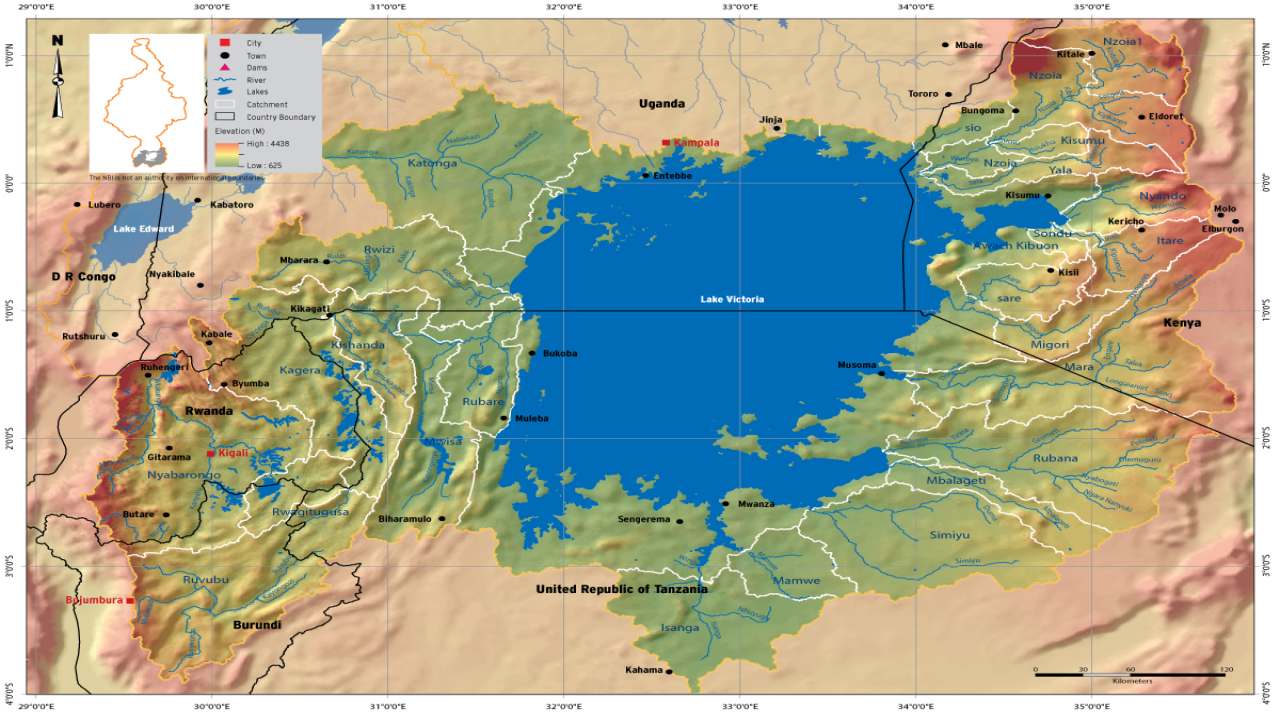Climate Change Threatens Lake Victoria Basin
The Lake Victoria Basin (LVB) in East Africa faces significant threats from heavy rains, wind storms, and floods, leading to adverse consequences for the region’s communities and endemic biodiversity. A recent scientific report published in the journal Nature has shed light on the precipitation changes occurring in the LVB and the projected impacts of climate change on this sensitive area.
Threats to the Lake Victoria Basin
The LVB, encompassing East Africa, is particularly vulnerable to heavy rains, wind storms, and floods, posing risks to the survival and water access of the communities residing in the region. These extreme climate events have significant consequences for both the large human populations and the unique biodiversity of the area.
Scientific Report and Precipitation Changes
The scientific report, published in the journal Nature, delves into the precipitation changes in the LVB. It highlights the presence of significant alterations in precipitation patterns and an increasing frequency of extreme climate events in the near future, further exacerbating the challenges faced by the region.
Extent of the Lake Victoria Basin
The LVB covers five countries: Kenya, Uganda, Tanzania, Burundi, and Rwanda. With a population of 40 million, the communities in these countries are heavily affected by extreme weather events, particularly recurring flooding that poses a severe threat to their livelihoods and well-being.
Seasonal Rainfall Patterns
The LVB experiences two main rainy seasons. March to May is the period when the extended rainy season takes place, whereas the shorter rainy season typically spans from October to December. These seasons play a crucial role in the hydrological cycle and water availability in the region.
Role of the Kagera River
The Kagera River, flowing through Rwanda and Burundi before emptying into Lake Victoria, serves as the largest contributor to the lake’s water recharge. Regional rainfall, facilitated by the river, plays a vital role in regulating the water levels of Lake Victoria.
Future Precipitation Projections
The report suggests that future precipitation changes in the LVB will occur at the sub-seasonal scale rather than annually or seasonally. Mean daily precipitation intensity is projected to increase by 16 percent by the end of the century. Additionally, in the 2050s, precipitation is expected to increase by approximately five percent relative to the baseline period.
Impacts on Endemic Biodiversity
The LVB’s rich biodiversity faces significant threats due to climate change. According to the International Union for Conservation of Nature (IUCN), 76 percent of the lake’s endemic biodiversity is at risk of extinction. The changing precipitation patterns and associated ecological disruptions further compound the challenges faced by this unique ecosystem.
Month: Current Affairs - June, 2023
Category: Environment Current Affairs


